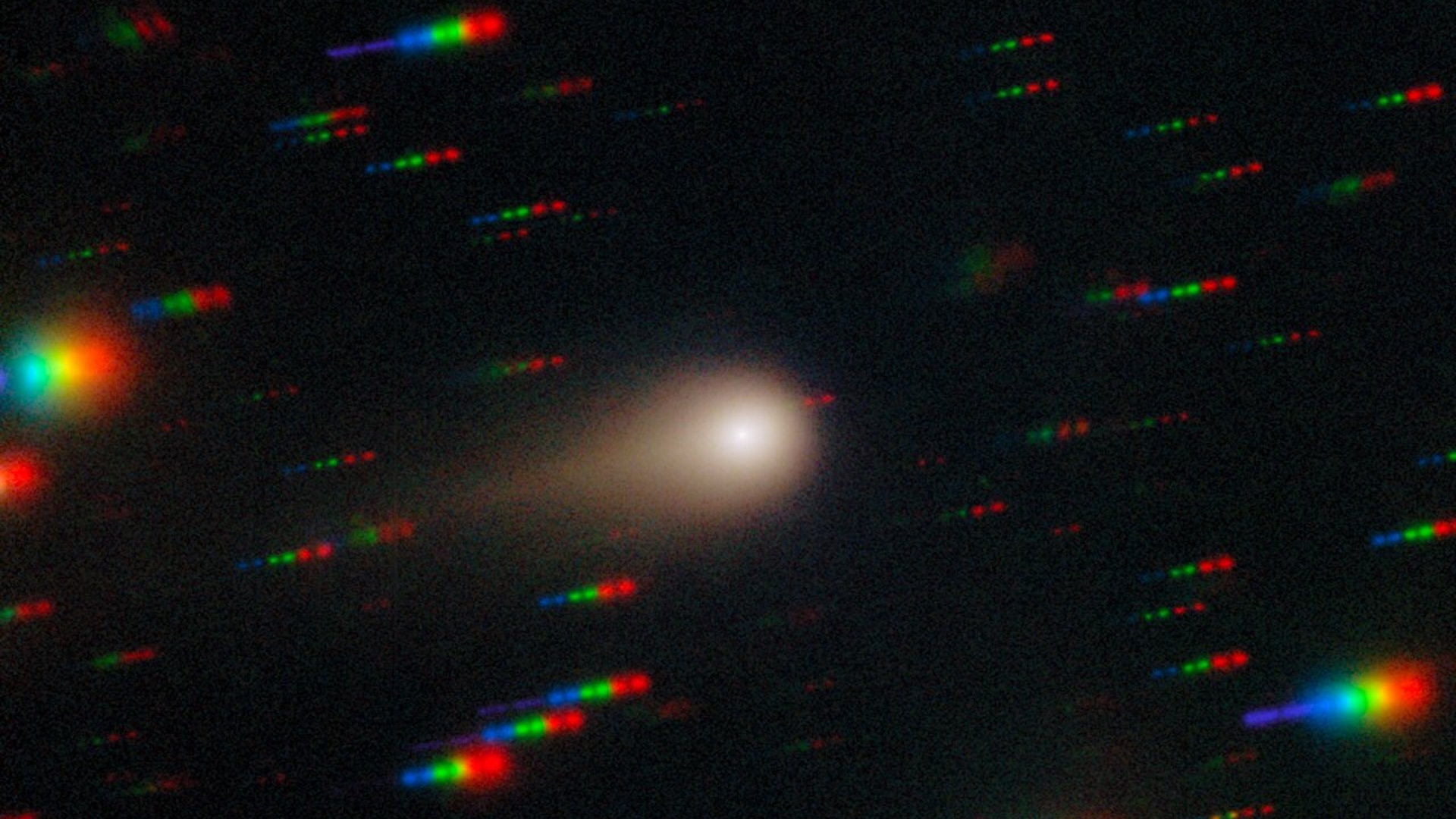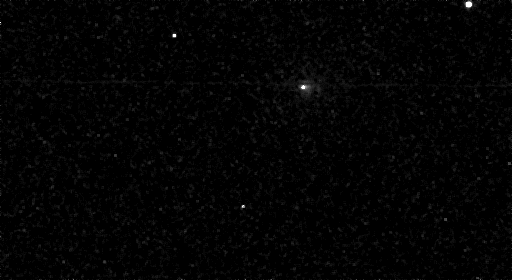Never-before-seen NASA images of comet 3I/ATLAS are coming on Wednesday (Nov. 19)
NASA will finally share long-awaited images of interstellar object 3I/ATLAS taken during the comet's close flyby of Mars. A live stream has been set for Wednesday (Nov. 19).

Earthlings will have to wait a few more days to see NASA's clearest images yet of the interstellar comet 3I/ATLAS.
The space agency just announced a live news teleconference to take place Wednesday (Nov. 19) at 3 p.m. EST, during which NASA scientists and administrators will share and discuss never-before-seen images of the interstellar comet taken by telescopes and spacecraft over the past month or so.
These images have yet to be shared with the public, as a majority of NASA personnel were furloughed during the U.S. government shutdown from Oct. 1 to Nov. 12, preventing the agency from communicating with the public.
It was an unlucky time for NASA to go silent, as comet 3I/ATLAS passed several huge milestones on its one-way trip through our solar system during that period. On Oct. 29, the interstellar comet made its closest approach to the sun, entering its brightest and most active phase as its surface ices started to melt and sublimate (shift from a solid to a gas).
And earlier, on Oct. 3 — just days after the government shutdown began — the comet made its closest approach to Mars, passing within just 19 million miles (30 million kilometers) of the Red Planet and the fleet of NASA and European Space Agency (ESA) spacecraft stationed there. That may sound like a comically vast distance, but it's the closest look we're likely to get of the interstellar interloper; 3I/ATLAS will get no closer than 170 million miles (270 million km) of Earth at its closest approach to our planet on Dec. 19, according to NASA.
The closest view of 3I/ATLAS so far
On Oct. 7, ESA released its own closest images of the comet taken so far, captured by its ExoMars Trace Gas Orbiter (TGO) and Mars Express orbiter. However, both of these spacecraft were designed to observe the surface of Mars just a few hundred miles below, not to track high-speed objects millions of miles away. The comet appears as little more than a bright, slinking blur in ESA's images — but, the observations confirmed that 3I/ATLAS bore the telltale cloud of ionized gas (a coma) that's characteristic of natural comets.

ESA scientists also compared the Mars orbiter data with observations from Earth telescopes, allowing them to better triangulate the comet's exact position and significantly narrow down its path through our solar system.
Get the world’s most fascinating discoveries delivered straight to your inbox.
During the news conference, NASA is expected to share images taken by its Mars Reconnaissance Orbiter's HiRISE camera from the days before and after the comet's close approach to Mars, as well as observations from other telescopes, according to the agency's latest announcement.
The live stream will be hosted on the agency's website as well as on YouTube and Amazon Prime. Members of the public are invited to submit questions via the hashtag #AskNASA on social media, some of which may be addressed live on air.
Comet 3I/ATLAS was discovered in late June and confirmed to be an interstellar object in early July. It originates from an unknown star system far beyond our own, and is just the third object of its kind ever detected. Many mysteries about its nature and origins still remain, and dozens of observations from Earth and space-based telescopes are expected to come as the comet barrels toward its closest approach to Earth next month. Spacecraft near Jupiter will also observe it early next year, as the comet makes its final exit from our solar system.

Brandon is the space / physics editor at Live Science. With more than 20 years of editorial experience, his writing has appeared in The Washington Post, Reader's Digest, CBS.com, the Richard Dawkins Foundation website and other outlets. He holds a bachelor's degree in creative writing from the University of Arizona, with minors in journalism and media arts. His interests include black holes, asteroids and comets, and the search for extraterrestrial life.
You must confirm your public display name before commenting
Please logout and then login again, you will then be prompted to enter your display name.